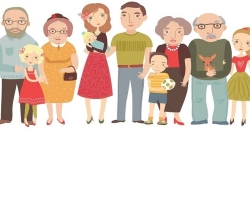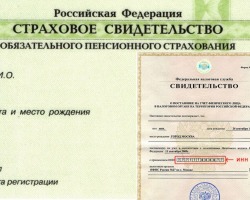The article will help to deal with the difficulties of dividing nouns into animated and inanimate in the grammatical principle.
Content
How to understand - an animated or inanimate noun?
Alas, the living is not always animated and vice versa: the fact that in understanding an ordinary person is inanimate, from the point of view of grammar can be very animated.
We understand.
| Category: an inanimate name noun (most often answers the question what?) | |
| Characteristic features | For example |
| He calls the subject. | Table, sled, cup, keyboard, etc. |
| He calls the substance: food products, materials, tissues, fossils, chemical elements, drugs, etc. | Sugar, milk, starch, gypsum, velvet, iron, diamond, hydrogen, citimon, etc. |
| He calls facts, phenomena, events. | Concert, training, flood, discussion, depression, rain, fog, hoarfrost, etc. |
| He calls the action. | Running, crush, laughter, crying, OR, etc. |
| He calls the condition. | Happiness, sadness, despair, etc. |
| He calls quality. | Sweetness, blue, ripeness, etc. |
| He calls the plant. | Oak, chamomile, thymothev, spruce, etc. |
| He calls the totality of objects or living beings. | Elnik, midges, lads, furniture, youth, game, relatives, herbs, etc. |
|
They are not collective nouns, but are included in the category. (Answer the question of what?) |
The people, the army, herd, army, Roy, etc. |
| He calls a living organism. (Answer the question who?) | Bacteria, virus, embryo, larva, microbe, embryo. |
| He calls an object that has only a plural. | Pants, scissors, wallpaper, perfume, etc. |
| He calls an inanimate object with a word with morphological signs of animation. (Answer the question of what?) | Divorite, talker (in the meaning of an egg without an embryo), swan (slang name for a hundred -ruble bill), “Moskvich” (auto), etc. |
Important: in phrases with composite numbers, in the end of which there are two, three, four, animated nouns are inanimate, but at the same time they answer the question who?
For example: forty -two writers were present at the symposium (inappropriate).
You will find other important nuances regarding inanimate nouns in the next part of the article.
| Category: an animated noun (most often answers the question who?) | |
| Characteristic features | For example |
| He calls a living creature. | Man, fox, teacher, etc. |
|
He calls something associated with a living being. (Answers the question who what?) |
Doll, robot, dead man, nesting doll, drowned, dead, deceased. Attention: corpse - belongs to the category of inanimate. |
| He calls something associated with a living being (based on the context of a sentence). |
Tyufyak, idol, stump, blank, idol, oak, idol, bag, tree, star, blue/white collar, etc. For example: this mattress was again deceived. |
|
He calls the figures in playing cards, chess, billiards. (Answers the question what?) |
King, Ferge, Valet, Ball, etc. |
| He calls fairy -tale characters. | The mermaid, the monster, the monster, etc. |
There are also designs in which, when determining the category, an animated-one-maneuverable occurs fluctuations. Consider some of them.
| Animated | Inanimate |
|
He calls fish/amphibians. Catch (whom?) Omarov. |
Calls fish/amphibian dishes. Serve to dinner (what?) Omara. |
|
He calls the gods of the Roman/Greek pantheon. Read (whom?) Saturn. |
He calls the planets of the solar system and other heavenly luminaries. Explore (what?) Saturn. |
Animated and inanimate nouns: rule
The category of animation-adultery from the point of view of grammar is determined by the following features:

The rules given in the table are used in the declension of nouns, provided that you are sure of which category they should be attributed.







